Farm & Food File
A syndicated column by Alan Guebert
Rural America
The ‘True Cost of Food’
Posted on August 27, 2021
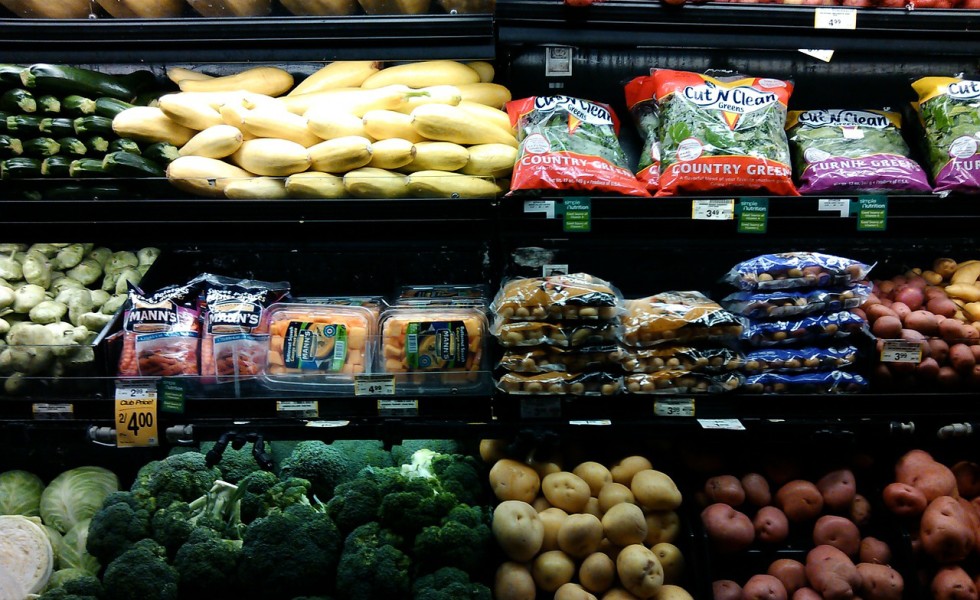
Like any chain, today’s ubiquitous “supply chains” are only as strong as their weakest links. Americans again learned this elemental lesson a year ago when the rapidly exploding Covid-19 pandemic swept the nation’s streets, sidewalks, and pantries clean of cars, people, and groceries.
Less evident are today’s still-broken links in the global food supply chain.
For example, […]
Threading Needles with Camels
Posted on August 27, 2021
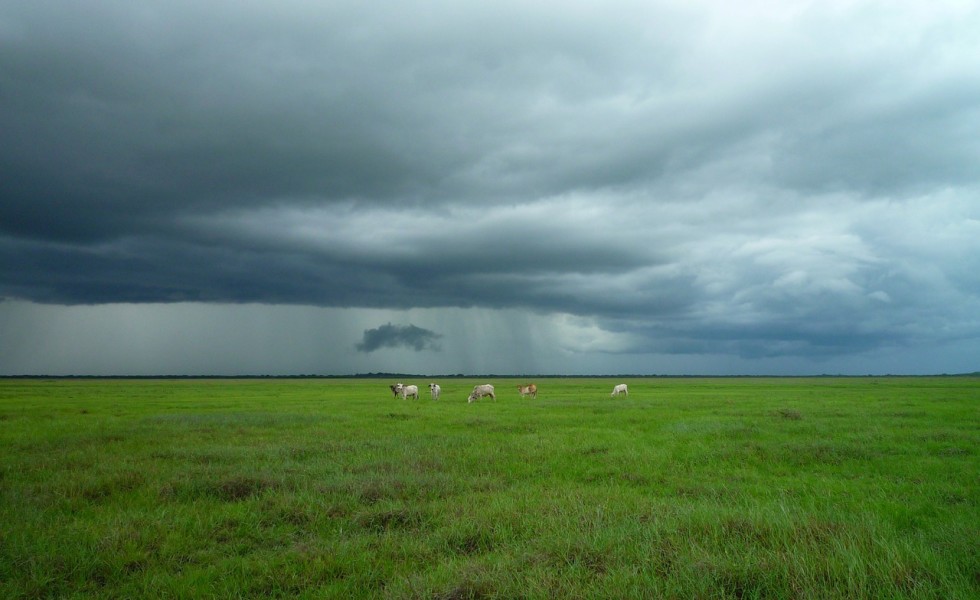
Twenty-five years ago, when almost every American farm and ranch organization was denying the existence of climate change, William E. Rees and a colleague developed a method to measure how much “nature” was required to support a people or an economy. They called that measurement an “ecological footprint.”
That science–ecological economics, Rees’s career specialty at the […]
The Actual Costs of the ‘Industrial Mind’
Posted on August 13, 2021

In an essay in his new book, Hogs Are Up, Wes Jackson, founder of the Land Institute near Salina, KS, revisits a speech he gave in Coon Rapids, IA, in August 2009 to mark the 50th anniversary of Nikita Khrushchev’s famous visit to the Roswell Garst farm.
During that cornfield summit, suggests Jackson, Garst and Khrushchev chatted about […]
Bigger Means Bitter, Not Better
Posted on August 13, 2021
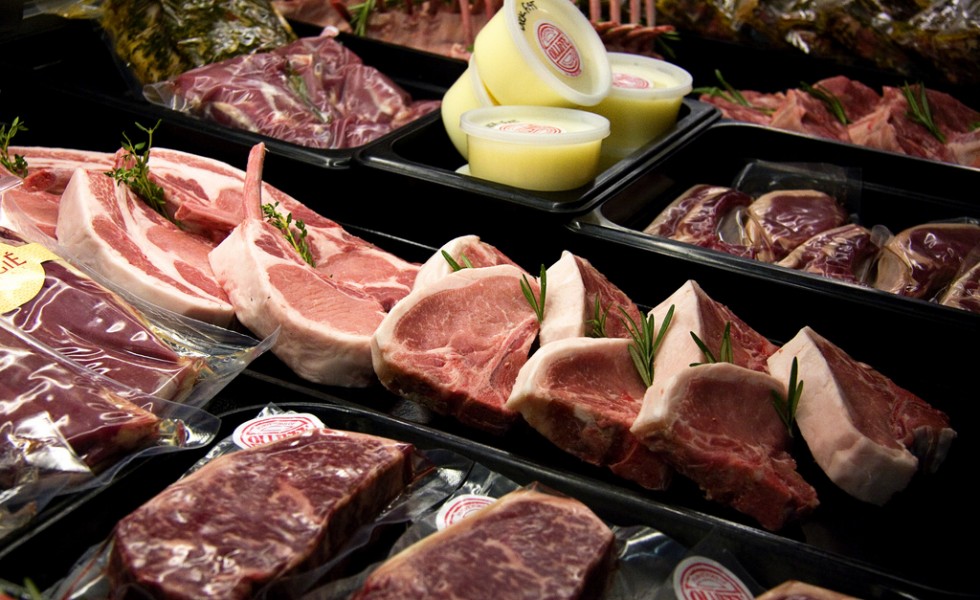
In a sweeping, 72-point executive order on competition, the Biden Administration announced it was taking dead aim at the heavily concentrated “multinational companies (that) increasingly dominate markets for crops, chemicals, seeds, and meat,” reported Bloomberg.
The competition order–that “reach(es) from the FDA to the Pentagon”–includes “directives… such as rules that would help chicken farmers and ranchers… […]
This Time, The Scoreboard Tells the Whole Story
Posted on August 4, 2021

In farming, the late Farm Journal economist John Marten liked to say, we keep score with acres.
Right or wrong, acres–and the wealth they represent–have always been a measure of personal and professional success. The converse is true, too; the lack or loss of acres usually implies failure of sorts.
That critical measure is at the center […]
Worker Wages are Not the Cause of Higher Food Prices
Posted on July 7, 2021

After my first year at the Big U, I returned to the southern Illinois dairy farm of my youth for a summer of work. The first task, however, was to ask my father to double my hourly pay from 50-cents an hour, the amount I’d been paid through high school, to $1 per hour.
“Well,” Dad […]
Beware of Philosopher Kings and ‘Synthetic Alternatives’
Posted on June 11, 2021
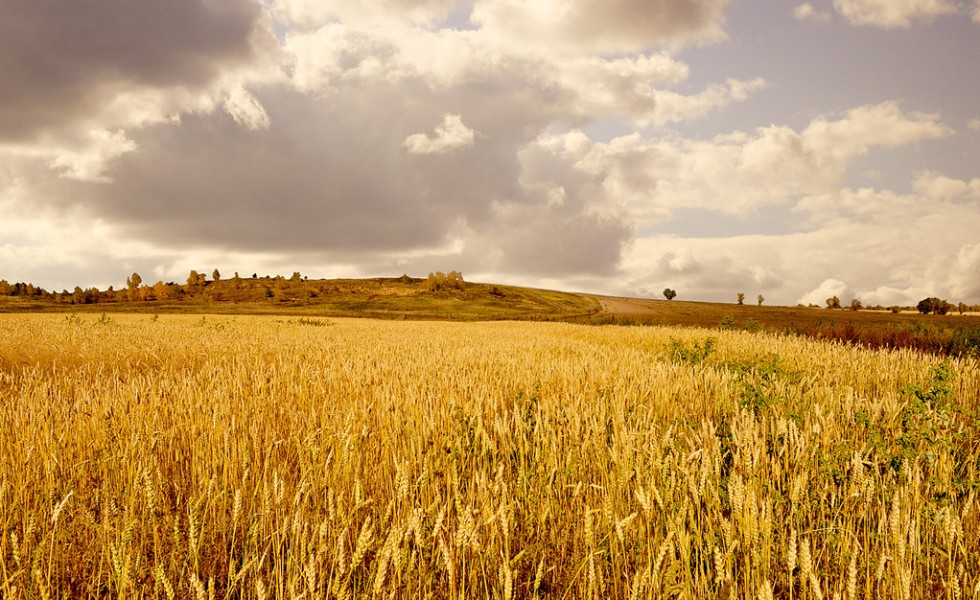
Shortly after America’s largest private farmland owners, Microsoft billionaires Bill and Melinda Gates, acknowledged their pending divorce, some wag on Twitter wondered what might be the appropriate time to wait before he approached the soon-to-be-former missus to ask about renting some of her farmland.
While he was joking, it’s no joke that the about-to-split pair […]
Ag Groups Make a United, Hollow Call on Meatpackers to Play Nice
Posted on June 11, 2021

On May 17, six farm groups joined voices to call on the U.S. Department of Agriculture (USDA), Congress, and the Department of Justice (DOJ) to ensure a “more financially sustainable situation for cattle feeders and cow-calf producers.”
That’s make-nice farm talk for “Meatpackers are skinning U.S. cattlemen so badly now that we six, not-usually-friendly groups ask the federal government—swamp […]
More Greenhouse Gas Comes from Rural Leaders Than Rural America
Posted on May 19, 2021
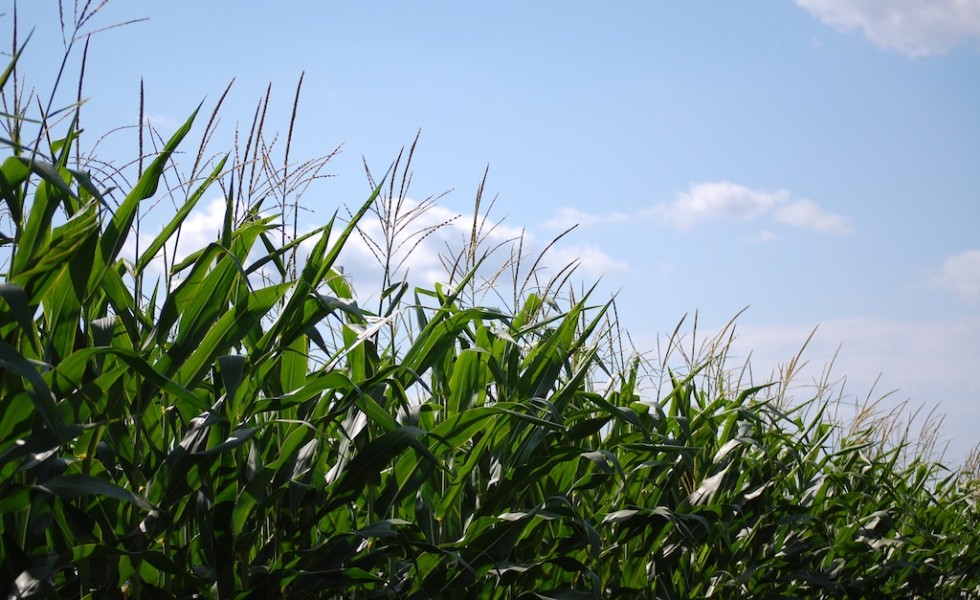
While everyone uses water, Americans use it up, noted Wallace Stegner, the preeminent writer of the West, in his 1992 book of essays Where the Bluebird Sings to the Lemonade Springs.
That shrewd observation is even more accurate today.
In fact, even though we’ve dammed every river west of—and including—the Missouri, pumped most underground aquifers to […]
Managing Climate Risk is Good for Business and Good for the Future
Posted on May 13, 2021

With the wave of a wand, you’re the boss of the Farm Credit System (FCS). You manage a portfolio of 592,000 ag-related customers holding 946,119 loans totaling $315 billion—$113 billion in real estate debt alone—according to Dec. 2020 FCS data.
Those numbers keep most people up at night but you sleep like a baby because your staff […]